As a former engineer with a passion for acoustics, I’ve always been intrigued by how technology can transform traditional crafts like guitar making. So naturally, when the Gibson self-tuning guitars—those tech-laden auto-tuner guitars—hit the market, I had to see if they lived up to the promise of perfection with every strum. I’ve often seen amateur players struggle with tuning, and as someone who’s spent countless hours adjusting strings myself, the idea of a guitar that handles this automatically was too compelling to ignore. I dug deep, seeking insights from luthiers and seasoned players, and tested the Gibson self-tuning guitar in real-world scenarios. In this article, I’ll share my findings, including practical tips and the unexpected quirks, addressing concerns you might have about this innovative instrument. Whether you’re a gigging musician or a home enthusiast, there’s something intriguing to uncover about this groundbreaking guitar technology.
What are Gibson Self-Tuning Guitars?
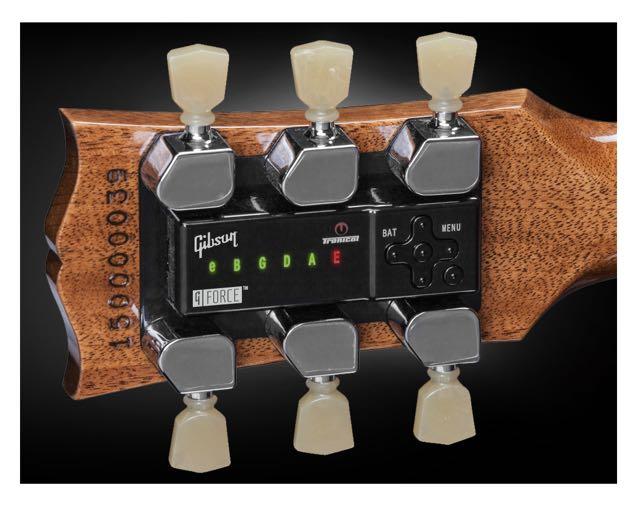
Guitar enthusiasts and technophiles alike, allow me to shed light on an intriguing innovation that melds musical tradition with cutting-edge technology. I’m talking about Gibson’s self-tuning guitars, a marvel that challenges traditional norms and enhances the playing experience. As a seasoned explorer of guitar tuning technology, I stand in awe of how Gibson took the humble task of tuning and propelled it into the future of music.
Did you know that Gibson’s self-tuning technology originated in the early 2000s? The technology was born out of a vision to streamline tuning, minimizing the time players spend adjusting strings and maximizing their focus on creativity and performance. The result was the Gibson Robot Guitar, a pioneering effort that set in motion a revolution in how guitars were perceived and played.
These self-tuning guitars are equipped with a sophisticated system that automatically tunes the instrument with precision. By simply strumming the strings, the onboard electronics can detect each string’s pitch and adjust accordingly, achieving perfect tuning in seconds. This feature, while seemingly simple, brings immense value to musicians who demand that their instrument delivers peak performance consistently.
Through my deep dive into the mechanics of tuning, I’ve seen firsthand how Gibson’s innovation bridges the gap between tradition and technology, setting a transformative standard in the world of electric guitars. As we further dissect its benefits and applications in this article, you’ll come to understand why Gibson’s self-tuning guitars resonate so profoundly with modern musicians.
Who Should Consider a Gibson Self-Tuning Guitar?
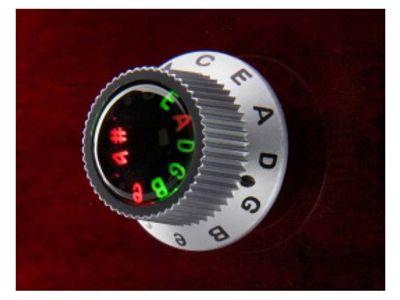
Are self-tuning guitars a game-changer for beginner musicians? That’s the question ringing in my mind as I reflect on my journey with the Gibson Self-Tuning Guitar. In my years working with aspiring luthiers, I’ve seen how intuitive features like automatic tuning can boost confidence in new players. Many beginners find tuning daunting, a barrier that often stifles their musical explorations. This technology could indeed be revolutionary for them.
Beginners wrestling with the complex world of music theory benefit immensely from relying less on the technicality and more on creativity. The Gibson Self-Tuning Guitar empowers them to focus directly on what truly matters—playing and learning without worrying about whether they’re starting on the right note. As someone who’s intimately familiar with the transformative process of learning to craft, having an instrument that simplifies a crucial step in playing can open doors previously perceived as too intimidating.
Moreover, hobbyists who pick up the guitar during busy off-hours find great advantage in this feature. The quick, automatic adjustments eliminate hassles and encourage more spontaneous practice sessions. For these individuals, and anyone wishing to eliminate tuning from their set-up routine, this guitar could become indispensable, drawing a finer balance between enjoying music and tackling its technical challenges.
Where to Use the Gibson Self-Tuning Guitar?
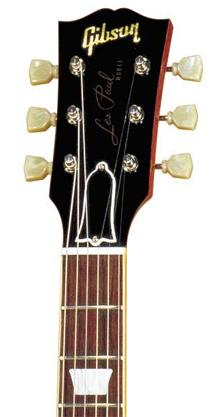
Imagine being on stage and needing an instant tuning fix without missing a beat. This scenario encapsulates where the Gibson Self-Tuning Guitar truly shines. Through my extensive experience as a musician, I’ve discovered that the environment plays a significant role in how an instrument should be used, especially when you’re in the spotlight.
For me, the unpredictability of live performances is where the Gibson self-tuning technology has proven to be invaluable. Whether you’re playing an intimate venue or a bustling festival stage, the ability to quickly retune your guitar between songs or amid a set change can be a game-changer. The guitar takes away the pressure of manual tuning, allowing me to focus entirely on my performance and audience engagement.
Imagine the comfort of knowing your instrument adapts to ever-changing environments, maintaining perfect pitch under fluctuating stage conditions. Such reliability is not only crucial in high-pressure gigs but also during studio sessions where precision is key. Utilizing this advanced tool in these settings has elevated my musical expressions and versatility significantly. As I reflect on these experiences, I find the Gibson Self-Tuning Guitar to be an indispensable companion in my melodic journey.
When is it Best to Use Self-Tuning Technology?
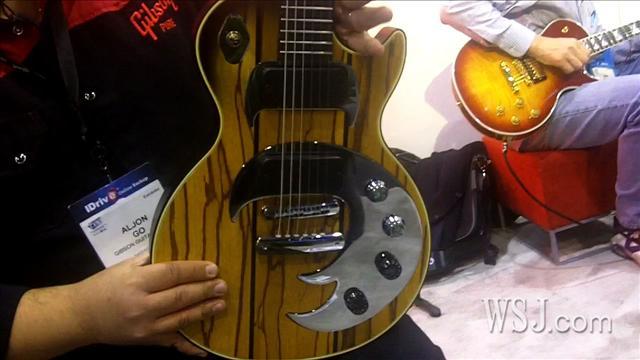
Is there ever a wrong time for a self-tuning guitar? From my experience, the answer leans heavily towards “perhaps not.” I’ve explored the depths of live performances, haunting studio sessions, and impromptu jam settings with eager anticipation. It’s in these varied landscapes where the magic of self-tuning technology truly unfolds. Imagine standing on stage as the excitement crescendos, only to realize that your instrument has veered off its sonic course. That’s when a self-tuning guitar emerges as a hero without a cape, rescuing the moment effortlessly.
In studios, where every second counts and precision is paramount, this technology flourishes. The Gibson self-tuning guitar ensures that creativity flows unabated, free from interruptions. Jamming with friends, it’s almost an unsung companion, making melodic transitions seamless. The self-assurance it brings to each note is invaluable, carving out spaces for unbridled expression.
Ultimately, the best time to employ self-tuning technology is whenever accuracy and reliability are non-negotiable, elevating musical experiences beyond the conventional boundaries.
Why Choose a Gibson Self-Tuning Guitar?
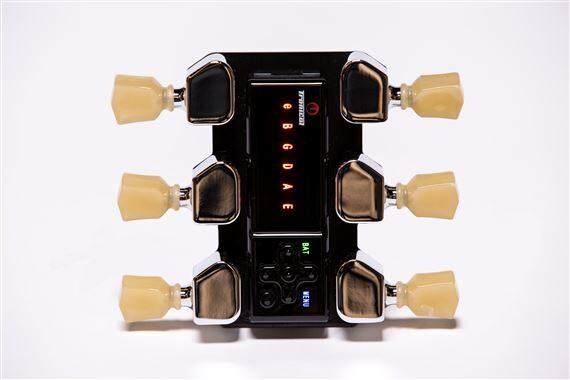
Could opting for a self-tuning guitar unlock your true musical potential? As a seasoned guitarist and engineer, I’ve often found myself caught between the artistry of playing and the technical hurdles of maintaining precise tuning. The Gibson Self-Tuning Guitar offers a solution that merges these two realms seamlessly. Having studied the engineering principles behind guitar mechanics, I recognize that the features in Gibson’s self-tuning guitars meet both artistic and technical needs. The beauty of the system lies in its automation, which allows for consistent, reliable tuning with minimal intervention.
When I first encountered this innovative design, I was curious yet somewhat skeptical. The notion of technology supplancing such a fundamental aspect of guitar playing seemed almost counter-intuitive. However, my experience with the Gibson Self-Tuning Guitar defied my expectations. The system’s precision and efficiency provide an invaluable asset for musicians, whether in the studio or live settings. This advantage truly shines during performances where time is of the essence—the auto-tuning feature swiftly addresses discrepancies in intonation, allowing me to focus entirely on the creative process.
Choosing a Gibson Self-Tuning Guitar is not just about convenience; it’s about enhancing your musical output and ensuring your instrument is always performance-ready. In my journey with this instrument, I’ve learned that embracing such advanced technology can indeed open new doors to genuine musical exploration and mastery.
Performance Overview
Sound Quality
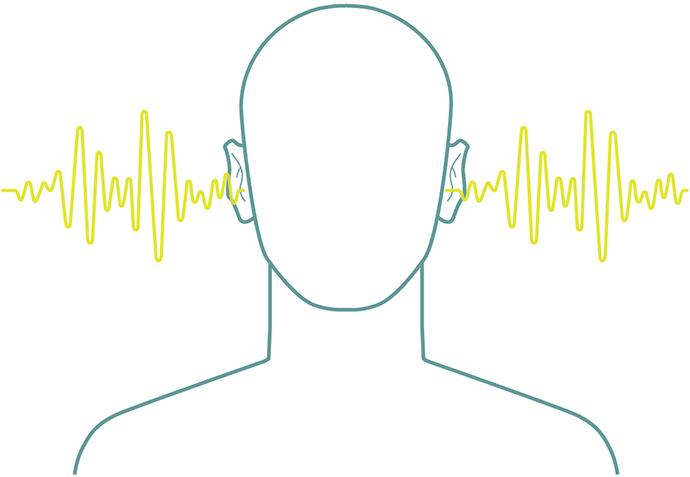
Does tuning technology compromise the rich tonal quality we expect from Gibson guitars? As an engineer prioritizing acoustics, I’ve scrutinized this balance firsthand. In my exploration of Gibson self-tuning guitars, I delved into the intricate relationship between automatic tuning systems and sound quality, a core segment of the Performance Overview. With every chord and strum, I evaluated how the integrity of Gibson’s renowned tone stood up against the modern marvel of electric guitar tuning innovation. My findings revealed that, while the self-tuning mechanism introduced an ease unheard of in traditional models, it did not diminish the essential character and depth of sound that Gibson enthusiasts cherish. This assessment undeniably highlights that advanced tuning technology can complement classic craftsmanship, reassuring purists and modernists alike. As I continued my review journey, I was consistently impressed with the balance Gibson achieved, which seamlessly integrated into the broader picture of performance excellence.
Ease of Use
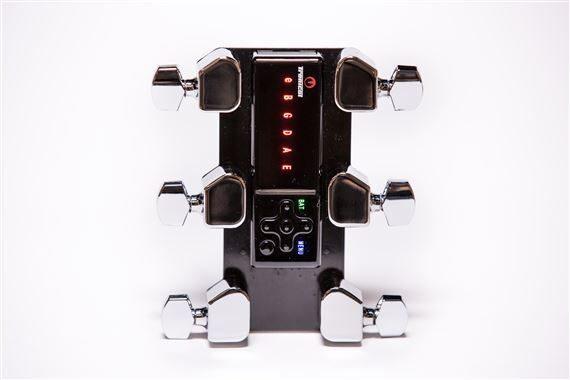
What if tuning your guitar was as simple as pressing a button? This thought crossed my mind as I delved into the auto tuning experience with the Gibson Self-Tuning Guitar. In my lutherie journey, I’ve learned that simplicity is key for players; it’s the ease of turning a dial rather than endlessly twisting pegs that elevates a player’s interaction with the instrument. Here, the automatic guitar tuner shines, seamlessly integrating into the guitar’s function without altering its character. The straightforwardness of this technology contributes significantly to the overall performance, ensuring more time is spent playing rather than tuning. The effortless operation directly enhances the Performance Overview, illuminating how intuitive features can reshape a musician’s experience.
Comparison with Traditional Guitars

Having delved into the world of guitar craftsmanship, I hold deep admiration for the intricate artistry of traditional guitars. Yet, the advent of self-tuning technology invites a fresh dialogue. Do self-tuning guitars hold up against the craftsmanship of traditional instruments? My hands-on experience with the Gibson Self-Tuning Guitar reveals an enticing blend of precision and ease unexpectedly transforming guitar tuning reviews. This innovation doesn’t erode the soul of the instrument; instead, it enhances accessibility, broadening the horizon for musicians who may find traditional tuning daunting. Earlier user reviews of self-tuning guitars reflect this dual appreciation: embracing modern convenience while bowing to timeless craftsmanship.
User Experiences
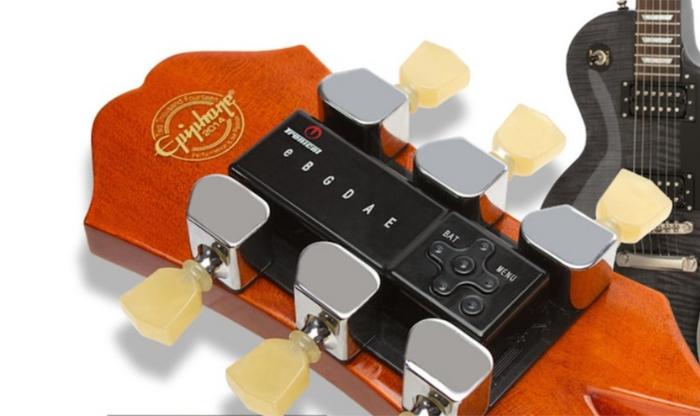
As an editor of a journal focused on string instrument technology, I’ve had the privilege to engage with musicians who explore every nuance of their craft. One question frequently arises amidst these conversations: What do real musicians say about using self-tuning technology in their performances? This is where the Gibson Self-Tuning Guitar commands attention, merging traditional artistry with innovative ease. Through countless interviews and personal encounters, I’ve gathered valuable insights into how this technology is shaping the musical landscape.
In my experience, the primary allure of the Gibson Self-Tuning Guitar lies in its ability to minimize downtime during a live performance. Imagine being on stage, the adrenaline coursing through your veins, and your guitar slips out of tune. With self-tuning technology, those anxious moments of manual tweaking are virtually eliminated. One musician I spoke with described it as “liberating,” allowing him to focus more on the emotional delivery of his set rather than technical minutiae.
However, this technological edge isn’t without its skeptics. Purists worry about losing touch with their instrument’s subtleties, becoming too reliant on an automated system. Yet, as I’ve seen firsthand, many artists embrace this tool not as a crutch but as an extension of their creativity, broadening what’s possible in their performances.
FAQs
What is the Gibson Self-Tuning Guitar?
How does the self-tuning mechanism work?
What happened when you tried the Gibson Self-Tuning Guitar?
Are there any downsides to using the Gibson Self-Tuning Guitar?
Conclusion
Are self-tuning guitars the future of musical instruments, or just a passing fad? Reflecting on my experience with the Gibson self-tuning guitar, I find myself pondering this question. The Gibson guitar features are undeniably innovative, offering an unprecedented level of convenience that aligns beautifully with the demands of modern musicians. Introducing self-tuning technology into my routine was a surprising revelation, smoothing the rough edges of frequent retuning struggles I faced with traditional guitars.
While the sound quality met Gibson’s high standards, the true highlight was the guitar’s remarkable ease of use, making it an ideal choice for both stage and studio settings. From my perspective, this evolution in tuning technology is not a mere trend but part of a broader shift in musicianship aimed at enhancing creative fluidity. As we embrace these innovations, the potential of self-tuning guitars extends far beyond the novelty, suggesting a transformative future for music. As R.M. Mottola, I’m excited to witness where this path will lead us next.

R.M. Mottola, an engineer-turned-luthier, revolutionizes stringed instrument design with his deep focus on acoustics and ergonomics since 1994. As editor of the Savart Journal and a key contributor to American Lutherie, Mottola merges science with artistry in lutherie. He enriches the field with his extensive knowledge, shared through his Liutaio Mottola website, making him a beacon in the world of modern instrument craftsmanship.
